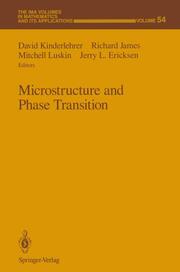Beschreibung
This thesis proposes and validates a widely adaptable strategy to achieve a microstructure which strategically incorporates controlled long- and short-range heterogeneities. This incorporation is expected to prompt mechanical properties, through triggering a composite response by virtue of diverging constituent strength and strain hardening behaviors. Built on a novel concept of utilizing the stored heterogeneities inherent to cold worked microstructures, this strategy exploits the primary recrystallization process. Site-specific control of partial recrystallization and nano-precipitation is enabled respectively by deformation-induced high energetic sites and preferential elemental segregation to defects. The developed strategy was successfully validated on two alloy systems: a ß-Ti alloy and an austenitic high-Mn lightweight steel. In both systems, the target microstructures were achieved through controlling recrystallization progress in the holding stage and subsequently triggering nano-precipitation in the cooling stage. All microstructures (as-processed and deformed) were characterized in-situ/post-mortem using scanning and transmission electron microscopy based methods and X-ray diffraction. Mechanical properties were evaluated employing digital image correlation at both macro- and micro-scales. For each alloy, the achieved microstructure exhibits enhanced strength-ductility combinations which exceed the inverse strength-ductility relationship established by the materials with similar chemical compositions. The high strength is arising from residual defect substructures, grain refinement and precipitation strengthening. The excellent ductility is attributed to the strain partitioning effect between recovered and recrystallized zones.
Herstellerkennzeichnung:
Shaker Verlag GmbH
Am Langen Graben 15a
52353 Düren
DE
E-Mail: info@shaker.de





































































































